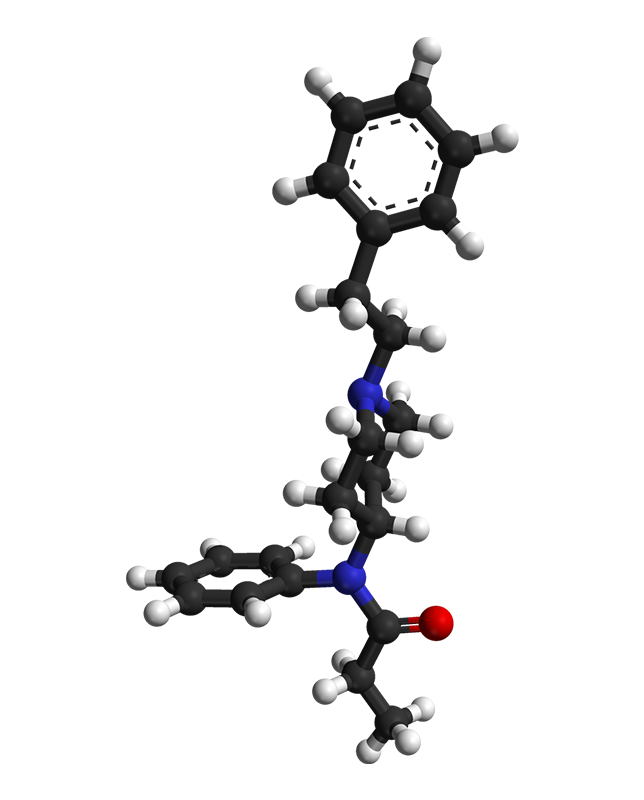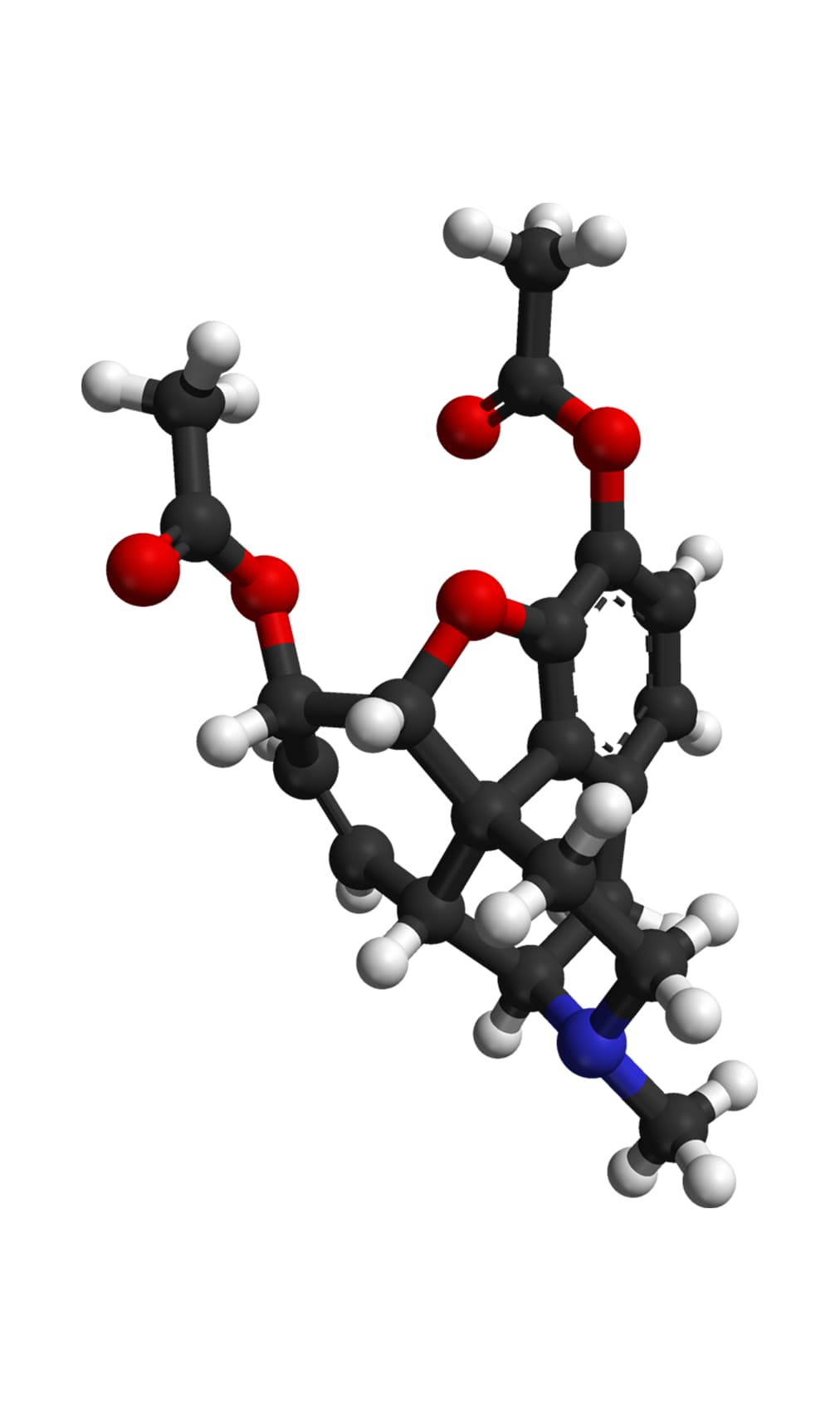
What is fentanyl and what are the effects of fentanyl on the body?
Fentanyl is a man-made or synthetic opioid drug that is used to relieve pain.
We need a health approach to fentanyl
So much of the information on fentanyl promotes fear and criminalization instead of helping people. To address our collective safety and well-being—and save lives—information on fentanyl must be factual so people can make safer choices. Our responses to people who use drugs must be rooted in health. Here is what you need to know:
Medical fentanyl and “street” fentanyl
Fentanyl is a man-made or synthetic opioid drug that is used to relieve pain. It is commonly used for pain management under the supervision of a doctor. However, when people talk about fentanyl in relation to the overdose crisis, they are often referring to illicitly manufactured fentanyl people get on the street. This is fentanyl that was made in an underground laboratory. It has been mixed into the heroin and counterfeit pill supply in some parts of the country. It has even replaced heroin altogether in some drug markets.
Fentanyl is a strong, fast-acting drug
Fentanyl is 50-100 times more potent than morphine. It is also much stronger than other opioids like heroin, oxycodone, and hydromorphone. Fentanyl differs from other opioids because its effects are felt more quickly. These effects also wear off much faster than other commonly used opioids. Medical providers administer fentanyl to patients during certain surgical procedures. Some patients are prescribed fentanyl to manage chronic pain.
Because it is highly potent, only a small amount is needed to cause an effect. When someone consumes a large dose of fentanyl, they may be at risk of an opioid overdose. This is because their brain stops signaling to their lungs to breathe. It can be especially dangerous when mixed with other drugs or alcohol. A fentanyl overdose can be reversed by immediately administering naloxone and/or oxygen to the individual.
Fentanyl analogues have different potencies and effects
Fentanyl analogues are opioids that are chemically similar to fentanyl, but they can have different potencies and effects. Carfentanyl is an example of a fentanyl analogue that is more potent than fentanyl. Acetylfentanyl is an example of an analogue that is less potent than fentanyl. Some fentanyl analogues have no psychoactive effects at all. There are thousands of different fentanyl analogues. We need more research to understand their effects and potential for medical use.
Fentanyl is dominant in the current drug supply
Since 2013, fentanyl has been made in underground laboratories and has been mixed into the illicit drug supply in North America. In some regions such as the east coast, fentanyl has been mixed into the underground heroin supply for so long that it has replaced heroin altogether. In the past several years, fentanyl has emerged in the drug markets west of the Mississippi. Growing numbers of people are accidentally consuming fentanyl in the form of counterfeit prescription opioid pills. In rare cases, fentanyl has been detected in stimulant drugs. This is likely due to cross-contamination rather than deliberate mixing. There are no surveys that have estimated how many people in the US have used fentanyl. One reason is because so many people who have used fentanyl consumed it accidentally.
Fentanyl and pregnancy
When fentanyl is consumed during pregnancy, it has been associated with neonatal abstinence syndrome (NAS) in newborns. Fortunately, NAS in newborns can be safely treated.


